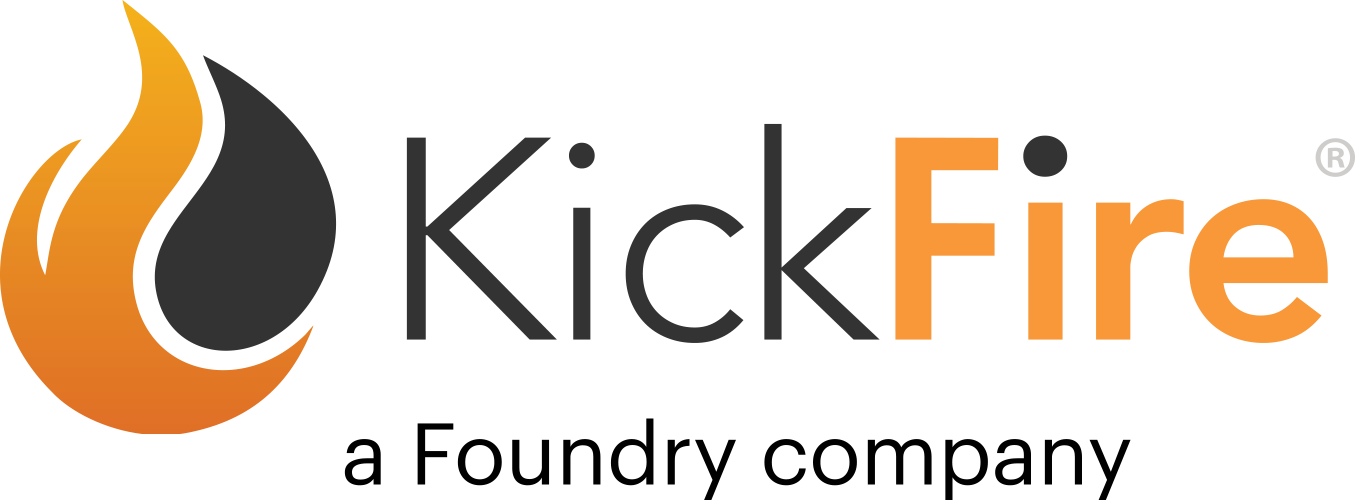As a B2B marketer for a company with a wide range of potential customers, I can appreciate the struggle of trying to narrow down the total addressable market into only one or two specific segments to focus our efforts on. In a perfect world, we’d go after all the segments we think would benefit from our products, but unfortunately, there are a finite number of hours in the day, and this method is just not realistic. So in this article, I’m going to show you three powerful data sources you can look at to help focus your marketing efforts on only the market segments that are most likely to convert and how to use them together to develop your perfect ideal customer profile.
Before we jump into strategy, we should define what an ideal customer profile is. In the context of B2B marketing, your ideal customer profile (ICP) is the type of company that would get the most value out of your product or service. Companies in your ICP will likely be more inclined to buy your products, use them, and continue to purchase your products in the future.
Think about your ICP like the foundation of your house. The stronger the foundation, the better and more resilient your house will be. The same principle applies to your account-based marketing (ABM) campaigns. The stronger your ICP is, the more effective your marketing campaigns will be – it’s pretty much that simple.
Where to find your Ideal Customer Profile
Here are three key sources of data you can refer to for building ICP lists for your ABM campaigns:
Qualitative Data – Qualitative data is information about prospects and customers gathered primarily by your sales and customer success teams. These teams often have the most face-to-face (or zoom-to-zoom) interaction with your real customers and prospects. This could include things like:
- What firmographic traits do they have?
- What problem are they solving?
- Who are the key decision-makers?
- What other technologies do they use?
Questions like this can give you unparalleled insight into which companies are responding to, using, and gaining value from your products and provide patterns to look for in building your ICP.
Quantitative Data – While qualitative data may be considered more anecdotal in nature, quantitative data is not. Quantitative data looks at historical sales data from your CRM, past sales, and marketing campaigns to see which companies have resonated with your messaging, bought, and ultimately continued to use your products. Looking at a breakdown of your largest closed deals, quickest sales, longest-running contracts, etc., will give you an idea of the types of companies you should be targeting in future campaigns.
Intent Data – Intent data is defined as information about your potential buyers that indicates an elevated interest in your product or service (i.e., increased intent to purchase). For the purposes of building your ICP, the most reliable and easily accessible source of intent data is your website. Installing an intent gathering technology on your website will allow you to see the exact companies visiting, engaging, and showing buying intent on your website. This data can be used to look at the firmographic traits of companies that are resonating and finding value in your content, which is a strong indication that they are in the market to purchase.
Putting your data into action
Leveraging any one of these data sources to build your ICP is a good start. However, looking at all these data sources in connection with one another will give you the most reliable information on which type of companies you should be targeting.
Once you have your data sources gathering information, chances are you’ll notice a pattern of certain industries, company sizes, revenues, etc., that appear over and over. It is likely that companies that share similar traits will find value in your products as well.
For example, let’s say your customer success reps tell you that their best customer calls are usually with enterprise companies in the Aerospace industry. Next, you look at your past sales and notice that the average deal size of your Aerospace customers is relatively large. Finally, you dive into your website traffic analytics and see that Aerospace companies make up a considerable amount of your traffic and engagement across your site. All of these signs point to the fact that large Aerospace companies are driving high revenue for your organization and finding significant value in your products in return – these are the accounts you need to be focusing on.
All good ABM campaigns start and end with the audience. Putting in the time and effort upfront to build a robust ideal customer profile will allow you to focus your efforts on those accounts that really matter. Creating campaigns centered around a well-thought-out ideal customer profile will result in more leads in your pipeline, higher conversion rates, and in the end, increased sales.
Want to learn more? Check out our related articles:
